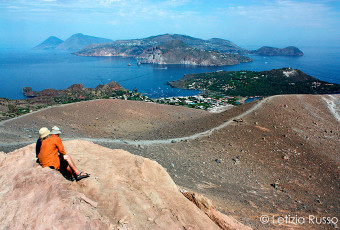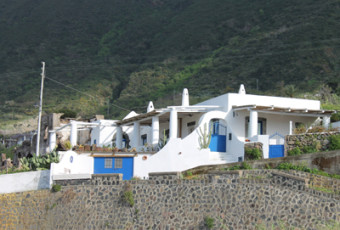Underwater archaeology
The sea has always been admired not only for its beauty, but also for the richness which can derive and really deriving from it. The history teaches us that the lucky coasts bathed by the sea have always been indisputable “ladies” of trade, of creation of communication networks, and exchanges between countries. The sea’s pearls are a precious resource from many points of view, from natural beauties to the possibilities of man to intervene on nature, without altering it negatively, for the development of an eco-friendly economy. The typical examples of history repeating itself teaches us we all are living upon layers of history, which always leaves evidence and signs. Think about Rome and Pompeii, cities built upon other pre-existent cities, the magic of life, of an epoch, of culture leaving a sign; a vivid evidence of man’s presence, the protagonist of inexorable times passing by, but leaving in its “things” their worldliness marked by a memory which first were a research, and then the discover of the richness emerging from the past. The seabed of the Aeolian Islands is one of the most beautiful and impressive heritages of the historical period, going from the pre-history to the Late Roman period. The prime geographical location of the Aeolian Islands encouraged numerous exchanges. The ships full of pottery and amphora, which sailed these wonderful waters in past, left us a rich archaeological heritage, the result of researches and occasional retrievals. Their history, and their beauty, which remained unaltered through times, is kept in the wonderful Museum of Lipari.







